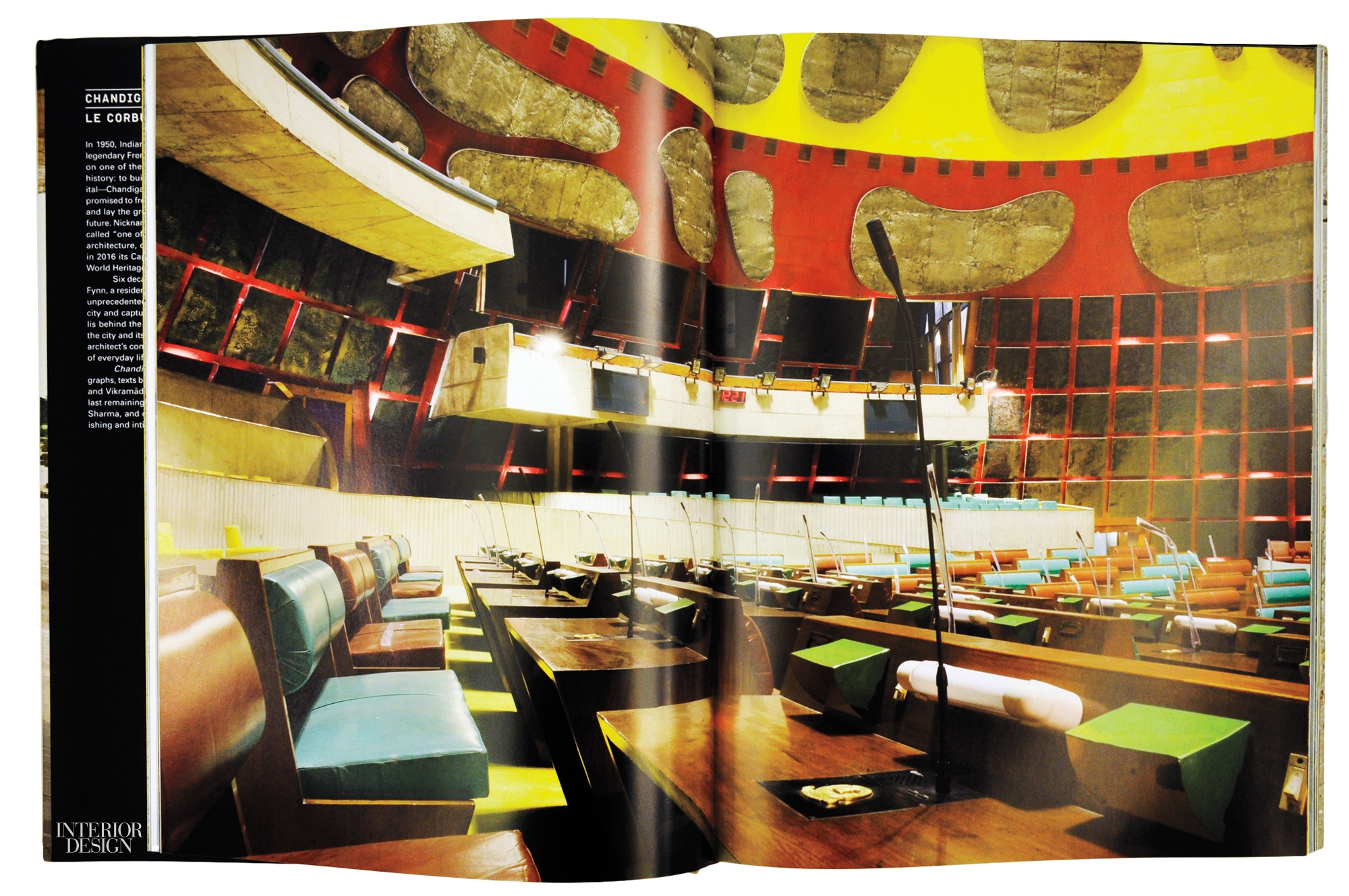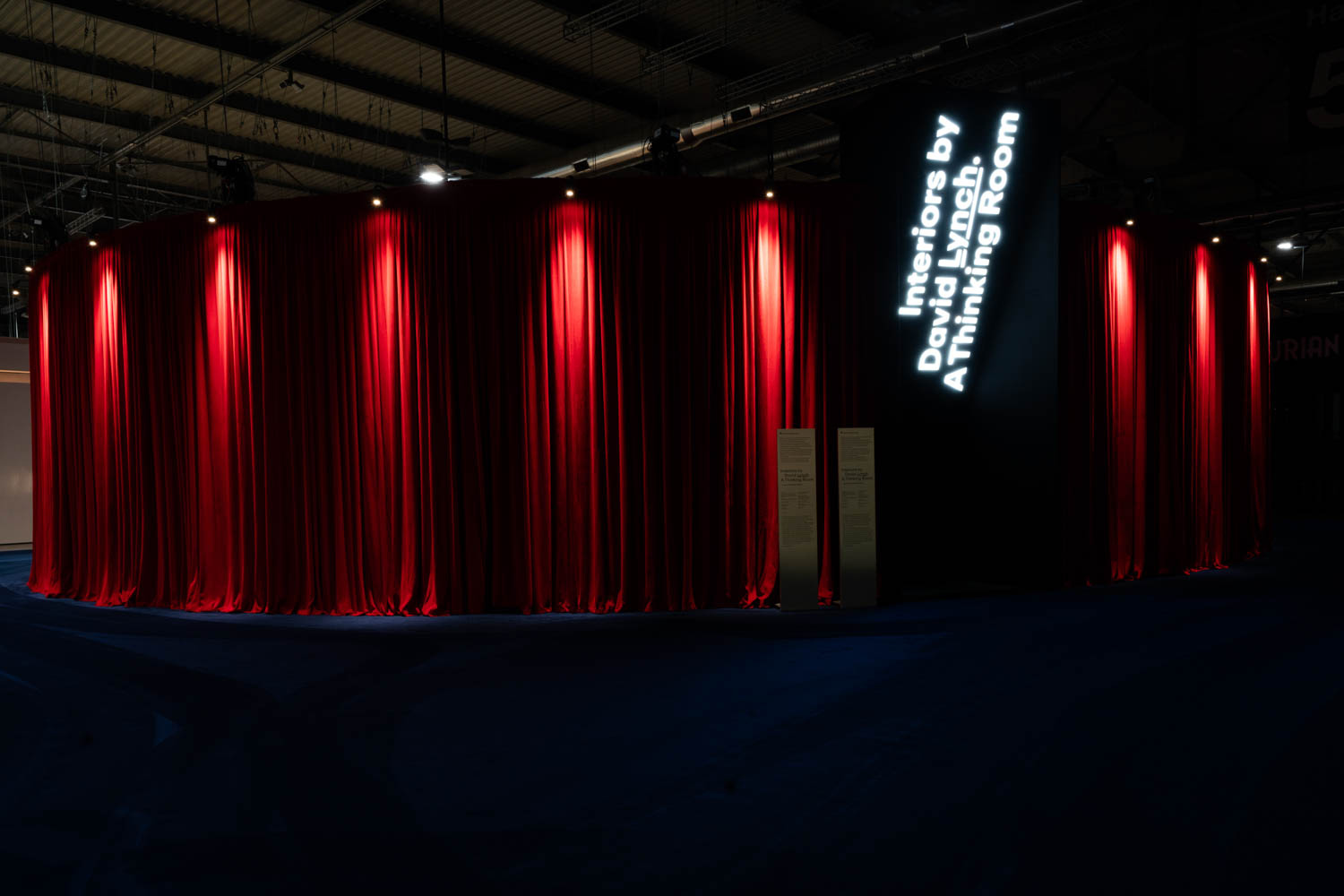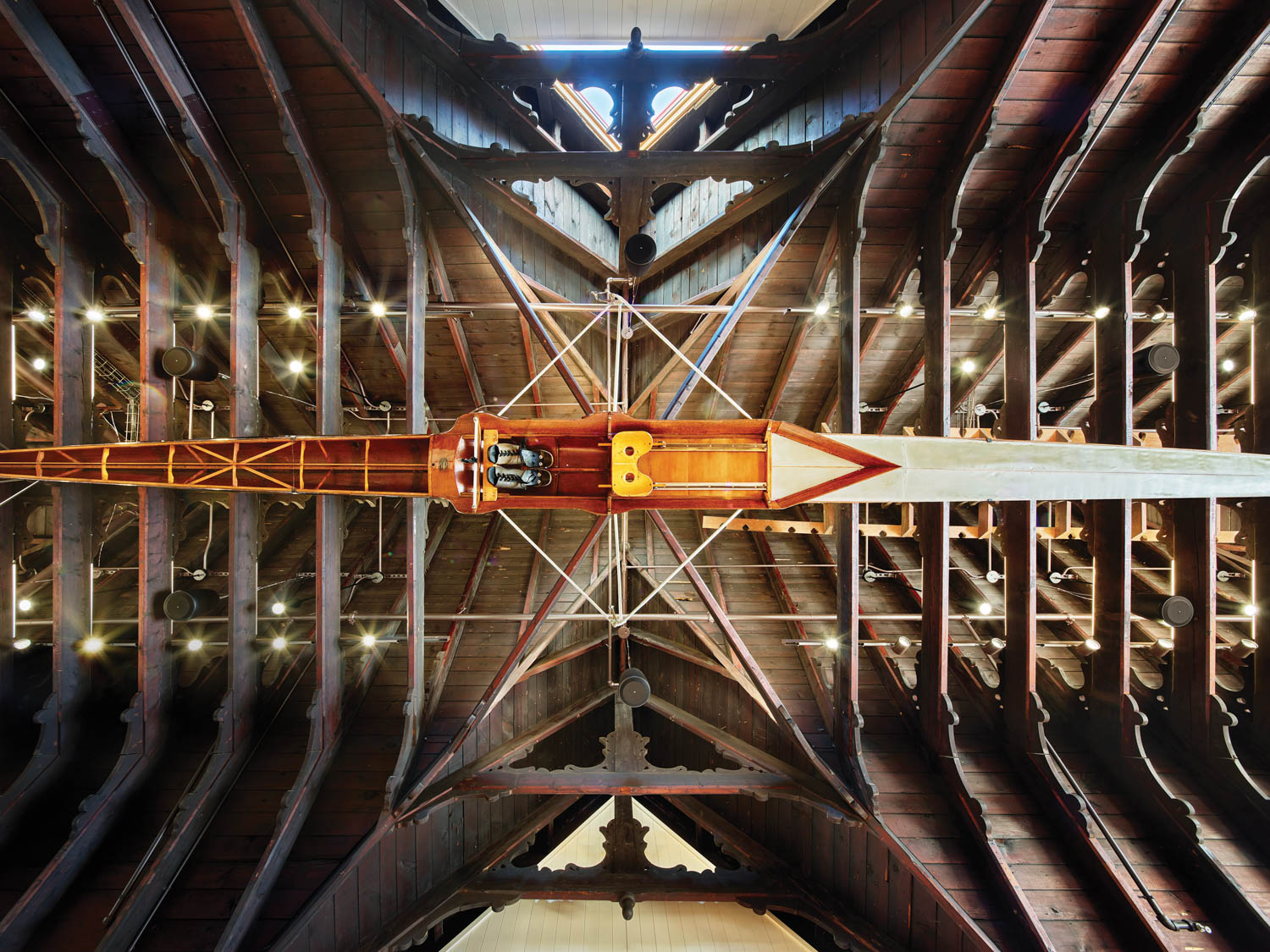New Le Corbusier Monograph Offers Exclusive Look at Today’s Chandigarh

An architecturally powerful new capital for the state of Punjab was the joint dream of Indian prime minister Jawarharlal Nehru and architect Le Corbusier. They signed a contract to work together on Chandigarh’s Capitol Complex in 1950. It ultimately comprised three of Corbu’s most dramatic buildings: the High Court, first to be finished; the Secretariat, the largest at almost 800 feet long; and, most masterful, the Legislative Assembly. Many decades later, what are they like? That had been a difficult question to answer, because photography was heavily restricted. Finally, designer-photographer Shaun Fynn obtained permission to take the pictures shown in Chandigarh Revealed: Le Corbusier’s City Today.

The government buildings constructed with concrete, although stained over time, retain their strong beauty. The brick buildings of the residential and commercial sectors have fared less well, and the many parks and recreation areas integrated into the original plan beg for better maintenance. Because the population of the city has grown to twice what it was intended for, the periphery is now a ring of slums. And the future? A very hopeful sign is that the complex was just designated a UNESCO World Heritage site, perhaps heralding a new respect, greatly deserved.
> See more from the March 2017 issue of Interior Design




